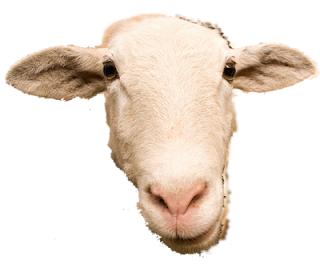You will interpret what your eyes see in a host of differing ways depending on the image, the setting, the lighting, what you may have experienced during your life, even what has happened recently, your mood, comments from others, etc,. etc.
Always consider that though your mind will imagine things in the dark and shadows, it will not be the same as that imagined by others.
They say beauty is in the eye of the beholder - it is.
That is because interpretation is all; whether beauty or otherwise, and interpretation is very much an individual concept.
A simple photograph of rocks in the sea may appear to be just that but at first glance appear to be something else. It may be that at first glance it does appear to be rocks in the sea but when really looking into the image then it may appear to be something else.
A dark image makes the mind work, it teases out guesses and assumptions, it leads from one idea to another until it decides yes, this is what this is! Though this may be far from what it really is.
The dark is light.
The dark is a place some don't want to enter.
The dark can be foreboding.
The dark is not always black.
Non-dark characteristics can provide emphasis to the darkness.
What next?
Using the dark for emphasis is not new by any means.
It has been used by artists and designers for millenia - a few simple examples are given below:
In 'Colors of Ancient Egypt' (Alistair Boddy-Evans) to the ancient Egyptians black was the colour of the life-giving silt left by the Nile flooding, which gave rise to the Ancient Egyptian name for the country: 'Kemet' – the black land. It symbolized fertility, new life, and resurrection as seen through the yearly agricultural cycle and was colour of Osiris ('the black one'), the resurrected god of the dead. Black was also the colour of the underworld where the sun was said to regenerate every night and was often used on statues and coffins to invoke the process of regeneration ascribed to Osiris. Black was also used as a standard colour for hair and to represent the skin colour of people from the south – Nubians and Kushites.
The Nazca (sometimes referred to a Nasca) culture of Peru's southern coastal region in South America (300 BC and AD 800) created the world famous Nazca lines; geometric drawings of animals, birds and shapes only fully recognizable from the air. The lines were made by scraping away dark upper surface stones on the surface of the ground to reveal a lighter material beneath.
Leonardo da Vinci (1452 - 1519) is credited with "The eye which turns from a white object in the light of the sun and goes into a less fully lighted place will see everything as dark".
He also wrote that a painter should begin every canvas as a wash of black, because all things in nature are dark except where exposed by the light."









